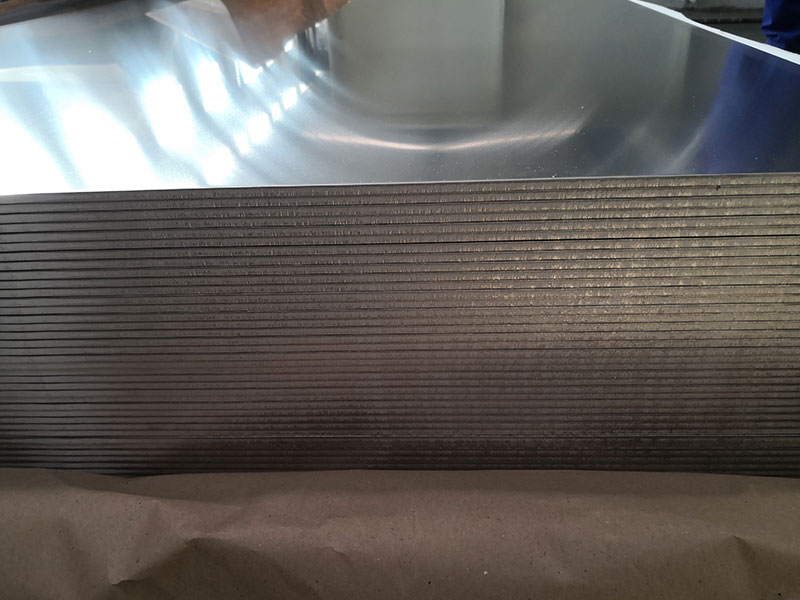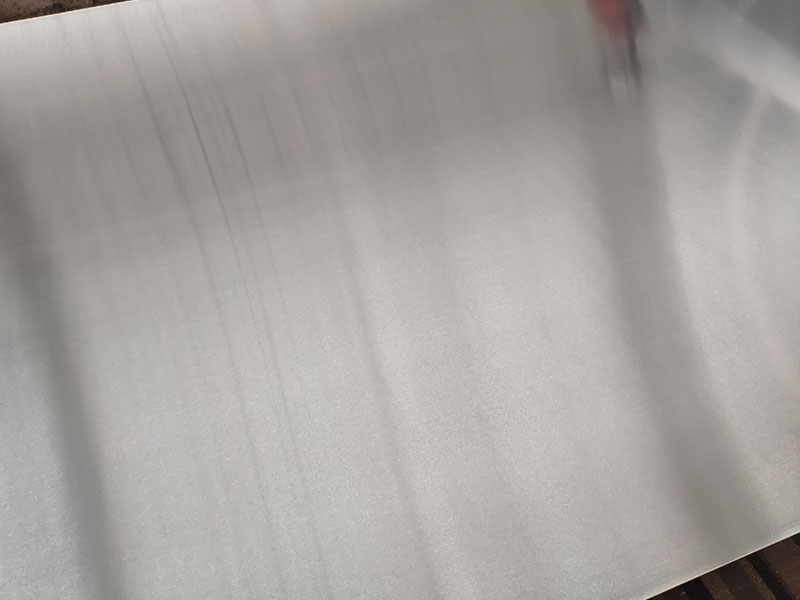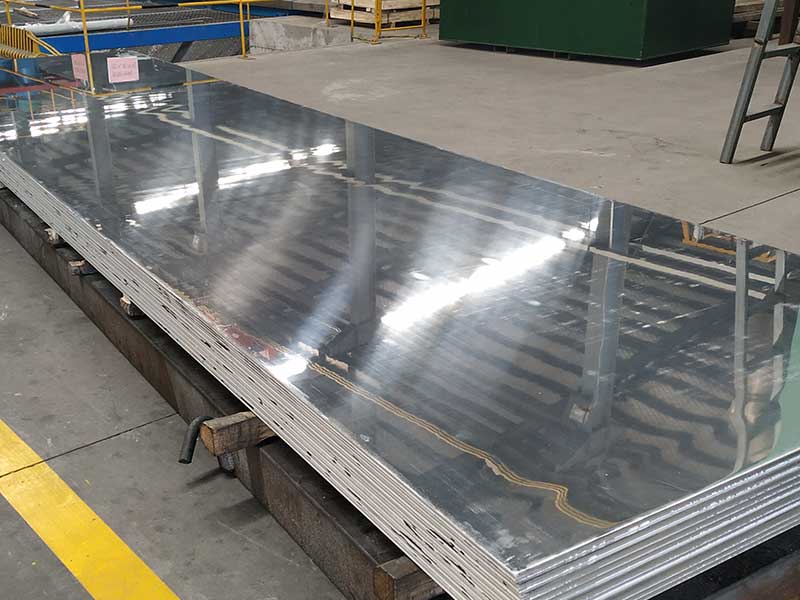0.5mm aluminum sheet 1070
When it comes to selecting the ideal material for lightweight, corrosion-resistant, and flexible metal solutions, the 0.5mm Aluminum Sheet 1070 stands out remarkably. This specific aluminum sheet is renowned for its excellent pure aluminum content combined with exceptional physical and chemical properties, making it a preferred choice across many industries.
What Makes 0.5mm Aluminum Sheet 1070 Special?
The 1070 aluminum sheet is categorized under the 1xxx series alloys, primarily known as pure aluminum grades. It contains a minimum of 99.7% aluminum, positioning it as one of the purest commercial aluminum grades. The sheet thickness of 0.5mm balances lightness with practical structural integrity, useful in applications where thin material must maintain reliable performance.
Points:
- Extremely high aluminum content (≥ 99.7%)
- High corrosion resistance
- Excellent thermal and electrical conductivity
- Outstanding workability including ease of forming, bending, and welding
Technical Parameters and Implementation Standards
0.5mm Aluminum Sheet 1070 also requires knowledge of its industrial standards and mechanical properties:
Standards:
- JIS H4000 (Japanese Industrial Standard)
- ASTM B209 (Standard Specification for Aluminum and Aluminum-Alloy Sheet and Plate, used internationally)
- GB/T 3880 (Chinese National Standard for Aluminum Flat Products)
Mechanical Properties at Annealed Temper (Soft State O):
| Property | 1070 Aluminum Sheet (Annealed O) | Unit |
|---|---|---|
| Aluminum content | ≥ 99.7 | % |
| Tensile Strength (min) | 70 - 110 | MPa |
| Yield Strength (min) | 35 - 70 | MPa |
| Elongation at break | ≥ 10 | % |
| Hardness (Brinell HB) | ≤ 30 | HB |
Alloy Tempering Code and Its Effect
The temper designation largely affects the mechanical behavior of 1070 aluminum sheets. For a 0.5mm sheet, commonly used tempers include:
| Temper | Description | Impact on Sheet Properties |
|---|---|---|
| O | Annealed (Soft) | Maximum ductility, lowest strength, easiest to form. Optimal for machining and fabrication. |
| H14 | Strain Hardened, Partial Hardness | Increased strength through cold working; less ductile but better strength and hardness. Good balance for applications requiring moderate forming tension. |
Chemical Composition Breakdown
Pure aluminum owes much of its traits to the 1070 alloy's chemical makeup:
| Element | Content Range (%) |
|---|---|
| Aluminum (Al) | 99.7 min |
| Iron (Fe) | ≤ 0.30 |
| Silicon (Si) | ≤ 0.20 |
| Copper (Cu) | ≤ 0.05 |
| Manganese (Mn) | ≤ 0.03 |
| Magnesium (Mg) | ≤ 0.03 |
| Zinc (Zn) | ≤ 0.05 |
| Titanium (Ti) | ≤ 0.03 |
| Others | ≤ 0.05 |
Practical Usage and Industry Adaptation
Why 0.5mm Thickness?
The 0.5mm thickness offers substantial flexibility–thin enough for complex forming but robust enough to sustain structural applications such as:
- Facades and cladding
- Decorative interior design panels
- Reflectors and heat exchangers
- Capacitor containers and electrical equipment
- Food and pharmaceutical container linings
Advantages in Implementation:
- Excellent corrosion resistance enables outdoor and harsh environments usage without specialized coatings.
- Its high workability enhances production accuracy and allows multiple bending and creasing cycles.
- Uniformity in 0.5mm thickness ensures predictable material behavior for machinery calibration and product quality maintenance.
https://www.aluminumplate.net/a/05mm-aluminum-sheet-1070.html







